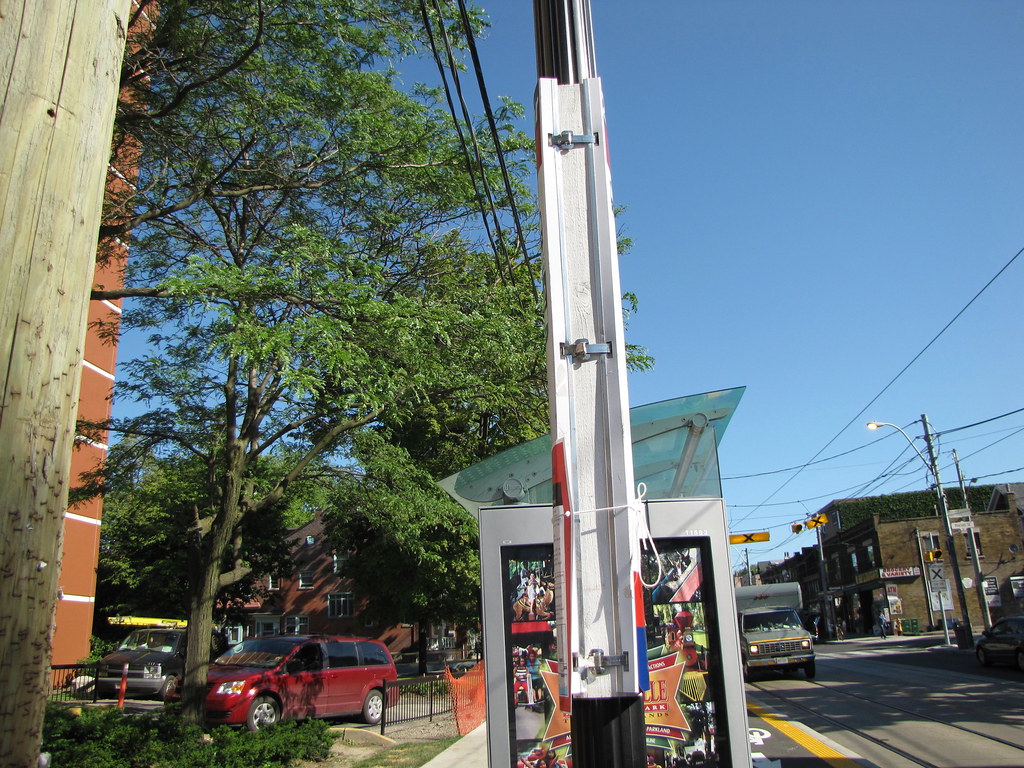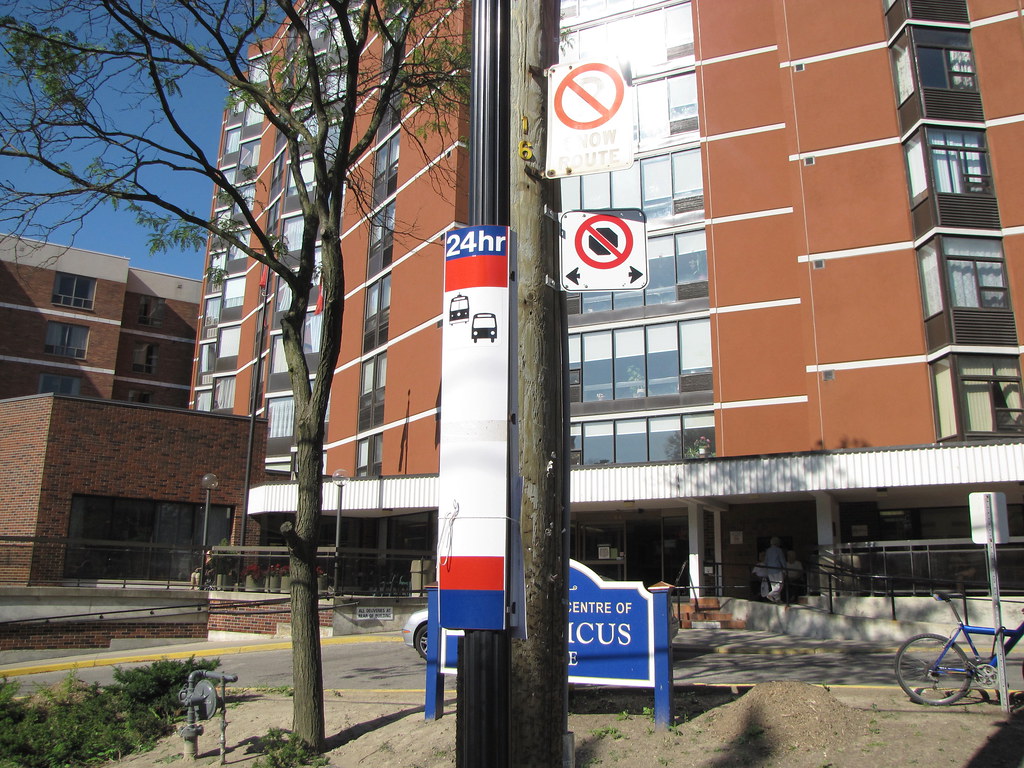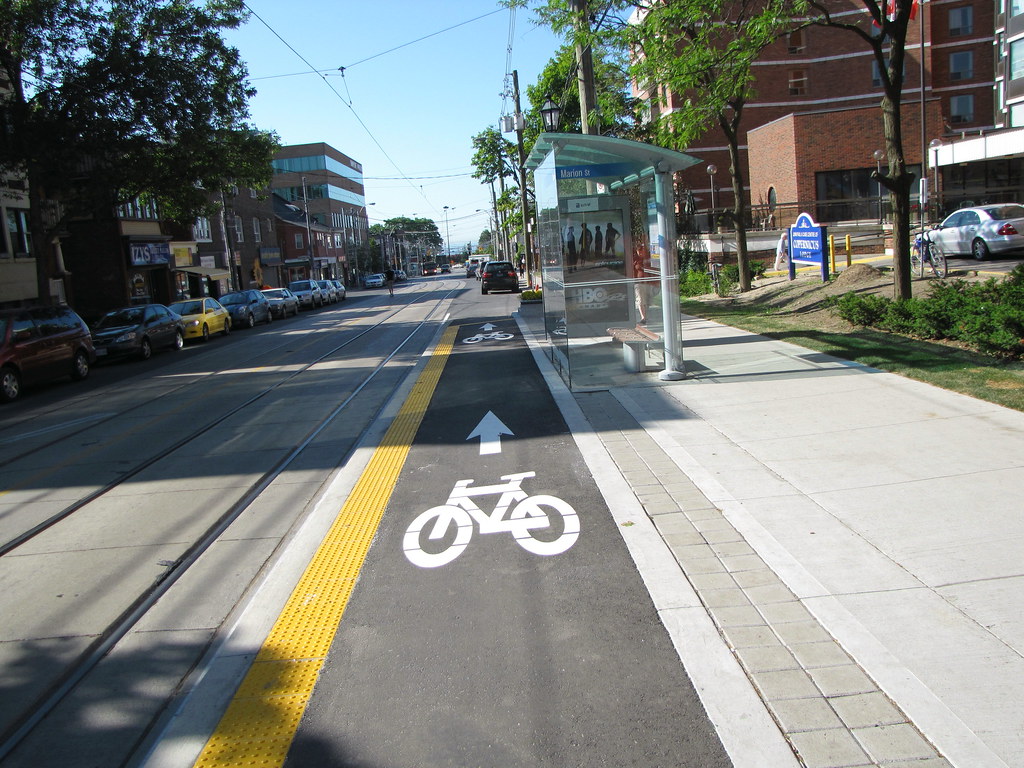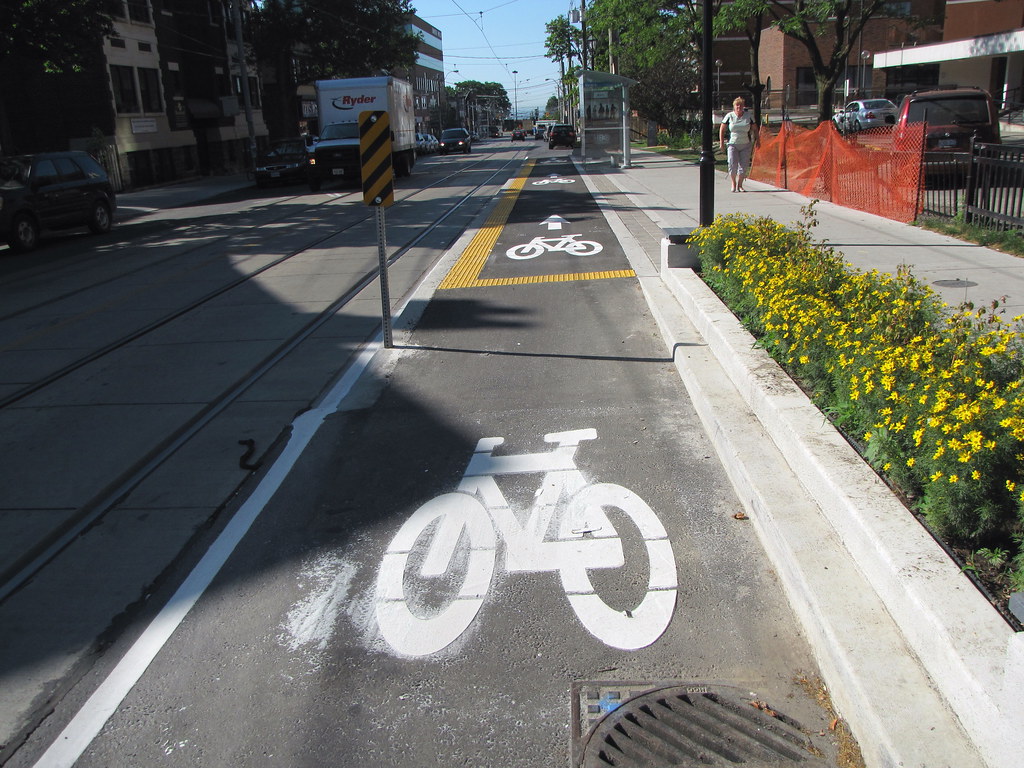Monarch Butterfly
Superstar
From www.roncesvallesvillage.ca:


On July 23, 2011 from 10:00 a.m. until 4:00 p.m., you are invited to come to Roncesvalles Village for a special celebration.
After years of planning and work, our street is ready for its closeup! Nearly one hundred new trees planted to the highest standards anywhere in the City, new pedestrian spaces, a bike and transit-friendly streetscape, all supporting one of the most dynamic and friendly main streets anywhere in Toronto… no wonder we want to show off!
Our grand opening event will feature special events and fun for kids, a historical display of the Roncesvalles of old, a ribbon-cutting ceremony celebrating the return of streetcars to Roncesvalles after a long absence, live music, a bicycle decorating contest sponsored by West Side Cycle, a drumming circle sponsored by the Classical Music Conservatory, guided tours of the street via free hop-on-hop-off streetcars, and of course a sidewalk sale featuring the very best of what our shops have to offer. It promises to be a great day on Roncy!
The commemoration of the return of streetcars to Roncesvalles will take place shortly after 10:00 a.m. at the High Park Library lawn at 228 Roncesvalles Avenue at Wright Avenue










